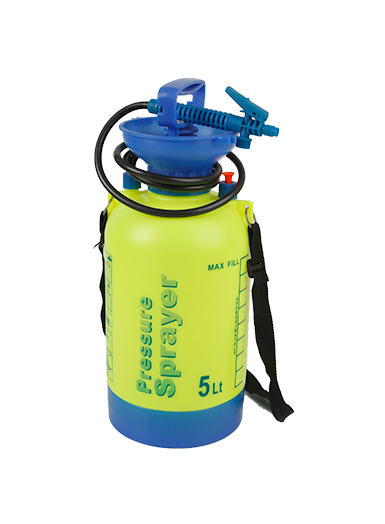It Is A Professional Sprayer Manufacturer Integrating Research, Design And Development.
+86-15824002009 Contact UsAgricultural backpack sprayers are essential tools widely used by farmers, gardeners, and agricultural workers to apply pesticides, herbicides, fertilizers, and other liquids efficiently across crops and plants. Their design allows for mobility, ease of use, and precise application, which can greatly enhance productivity in various agricultural settings. However, like any tool, the functional design of agricultural backpack sprayers carries both advantages and disadvantages that can influence their effectiveness, user comfort, and maintenance needs.

Agricultural backpack sprayers are portable devices consisting of a tank to hold the spraying liquid, a pump to pressurize the liquid, a wand or nozzle to direct the spray, and straps that allow the user to carry the tank on their back. The functional design emphasizes portability, ease of application, and ergonomic considerations to reduce user fatigue during extended use.
These sprayers can be manually operated or motorized, and their capacity generally ranges from 10 to 20 liters, making them suitable for small to medium-sized farms, greenhouses, and gardens.
One of the notable advantages of agricultural backpack sprayers is their portability. Designed to be worn on the back, these sprayers allow users to move freely across uneven terrains, tight spaces, and dense crops without the restrictions imposed by larger machinery.
This mobility enhances the efficiency of spraying, particularly in areas that are difficult to reach with wheeled or tractor-mounted equipment. The compact size and lightweight design facilitate precise targeting of plants, reducing wastage of chemicals.
Manufacturers have increasingly focused on ergonomic features to improve user comfort. Adjustable padded shoulder straps and waist belts help distribute the weight evenly, reduce strain on the back and shoulders during prolonged use.
Some models include cushioned backplates and ventilated panels to enhance airflow, reducing sweating and discomfort. These design elements help prevent fatigue and improve productivity, especially during long spraying sessions.
Agricultural backpack sprayers allow for targeted spraying through adjustable nozzles that can produce various spray patterns—from fine mists to coarse droplets. This control minimizes overspray and ensures chemicals are applied only where needed, promoting environmental safety and cost-effectiveness.
The manual or motorized pumps can generate consistent pressure, resulting in uniform coverage. This precision is particularly valuable in integrated pest management programs, where careful application reduces chemical use and mitigates resistance development.
The relatively simple construction of backpack sprayers facilitates cleaning, repairs, and part replacement. Many tanks and hoses are made from durable, chemical-resistant materials such as polyethylene or polypropylene, which withstand corrosion and abrasion.
Nozzle tips, pumps, and seals can be disassembled and cleaned easily, helping maintain performance and prolong the lifespan of the sprayer.
A key limitation of agricultural backpack sprayers is their relatively small liquid capacity. With tanks typically holding between 10 to 20 liters, users need to refill frequently when covering large areas, which can be time-consuming and interrupt workflow.
For large-scale farming operations, this limited capacity reduces efficiency compared to boom sprayers or tractor-mounted units, which hold hundreds or thousands of liters.
Despite ergonomic improvements, carrying a loaded sprayer on the back can still impose considerable physical strain, especially over uneven terrain or during prolonged use. The weight of the tank combined with the pumping effort may bring about muscle fatigue, back pain, or joint discomfort.
Users with pre-existing health issues or poor physical conditioning may find extended use challenging, potentially limiting the duration or frequency of spraying tasks.
Backpack sprayers rely on seals, valves, and hoses that can deteriorate over time or due to exposure to harsh chemicals. Leakage not only wastes product but also poses health and environmental risks.
The manual pump mechanism may also fail or become less efficient, resulting in inconsistent pressure and uneven spray patterns. Regular maintenance is essential but may be overlooked in busy agricultural settings.
We will provide you with the latest product
information as soon as possible
